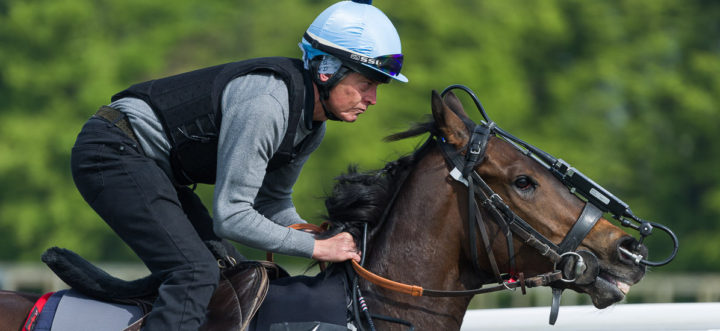Epiduroscopy: An exciting window into back pain in horses
/Published in North American Trainer, Winter 2017 issue.
Back pain is a well-known cause of lameness, gait alterations, and poor performance in sport horses. Up to 25% of dressage horse owners report back problems in their animals, but not only sport horses are affected.
Although racehorses compete at a younger age than other equine athletes, they might suffer from back pain more often than we think, as autopsy studies have identified pathological changes in the back of the majority of examined young Thoroughbreds.
Until recently, it has been very difficult to investigate back pain and it is easy to overlook this as a cause of disappointing performance. A novel surgical technique that has recently been reported in Equine Veterinary Journal may change all this....







